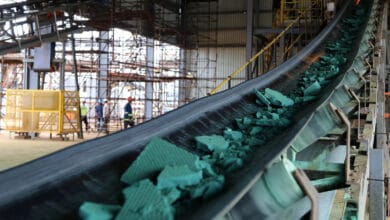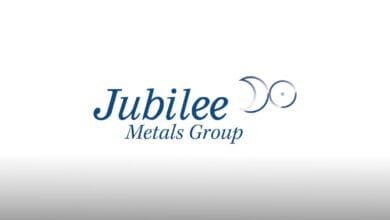The gold mining industry witnessed a significant transaction in August 2025 as Newmont Corporation finalised its US$1 billion sale of the Akyem gold mine to Zijin Mining Group. This strategic divestiture represents a pivotal moment in Newmont’s portfolio optimisation strategy and signals important shifts in the global gold mining landscape amidst changing gold prices analysis.
The Akyem sale marks a decisive move by Newmont to streamline its global operations and focus on what it defines as Tier 1 assets. With the transaction now complete following Ghanaian parliamentary approval, industry analysts are closely examining the implications for both companies and the broader gold market performance.
The Akyem sale transaction overview
The transaction reached its conclusion when Newmont received the final payment of US$100 million (approximately A$154 million) after Ghana’s Parliament ratified the extended Akyem East mining lease. This final payment completed the total transaction value of US$1 billion, with Zijin Mining Group as the buyer.
The deal was structured in two distinct phases:
- Initial payment of US$900 million upon transaction closing
- Final contingent payment of US$100 million following parliamentary ratification
After accounting for taxes and transaction costs, Newmont’s after-tax proceeds from the sale totaled approximately US$770 million. As stated in Newmont’s official announcement, “The proceeds will support Newmont’s capital allocation priorities, which include reducing outstanding debt and returning capital to shareholders.”
Newmont’s Definition of Tier 1 Assets
The Akyem divestiture aligns with Newmont’s strategic focus on what it classifies as Tier 1 assets. According to company documentation, these assets must meet specific criteria:
- Production capacity exceeding 500,000 gold equivalent ounces annually
- All-in sustaining costs positioned in the lower half of the industry cost curve
- Mine life greater than 10 years
- Location in countries with A and B credit ratings from major agencies (Moody’s, S&P, and Fitch)
While Akyem has been a productive asset in Newmont’s portfolio, the mine no longer aligned with these strategic parameters, prompting its inclusion in the company’s divestiture program.
The concept of “Tier 1” assets has become increasingly important in the gold mining sector as companies focus on quality over quantity. These premium assets typically offer superior margins, operational stability, and reduced geopolitical risk compared to smaller or higher-cost operations.
The Akyem transaction represents just one component of Newmont’s comprehensive portfolio optimisation strategy. This broader initiative aims to refine the company’s asset base following several major acquisitions and position it for sustainable long-term performance.
Divestiture program performance
Newmont’s divestiture program has been substantial in scope and impact:
- The company expects to generate US$3.1 billion in after-tax proceeds from divestments in 2025
- US$2.6 billion will come from divested mining assets
- An additional US$470 million will be realized from equity sales in Greatland Resources and Discovery Silver Corp
- The Akyem transaction constitutes approximately 25% of the overall divestiture program value
This systematic pruning of non-core assets follows Newmont’s transformational acquisitions in recent years, including the Goldcorp and Newcrest Mining deals that significantly expanded its global footprint.
Strategic allocation of proceeds
Newmont has outlined clear priorities for the proceeds from its divestiture program:
- Debt reduction: Strengthening the balance sheet by paying down corporate debt
- Shareholder returns: Maintaining and potentially enhancing dividend policies
- Portfolio enhancement: Concentrating capital on remaining Tier 1 operations
- Financial flexibility: Creating capacity for future strategic investments
These priorities reflect the company’s focus on long-term financial health rather than maintaining size for its own sake – a philosophy that has gained traction across the gold mining sector.









